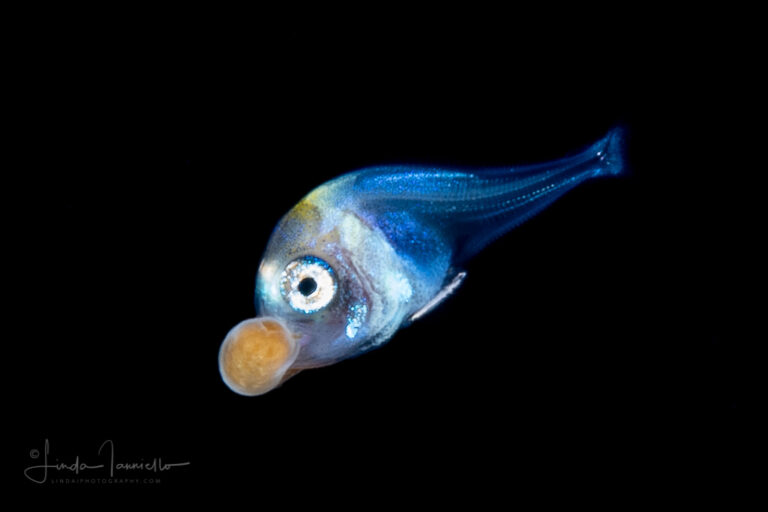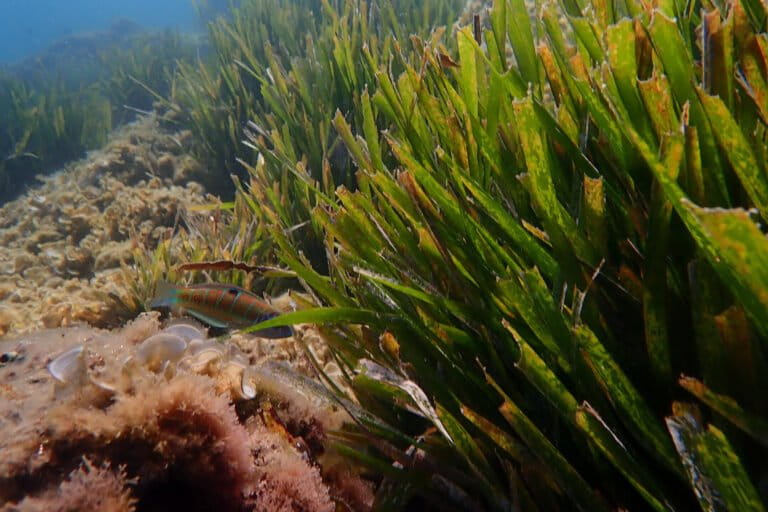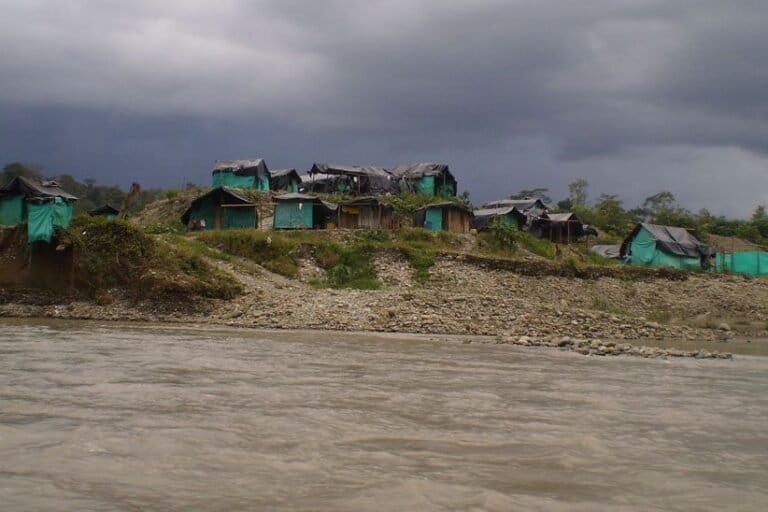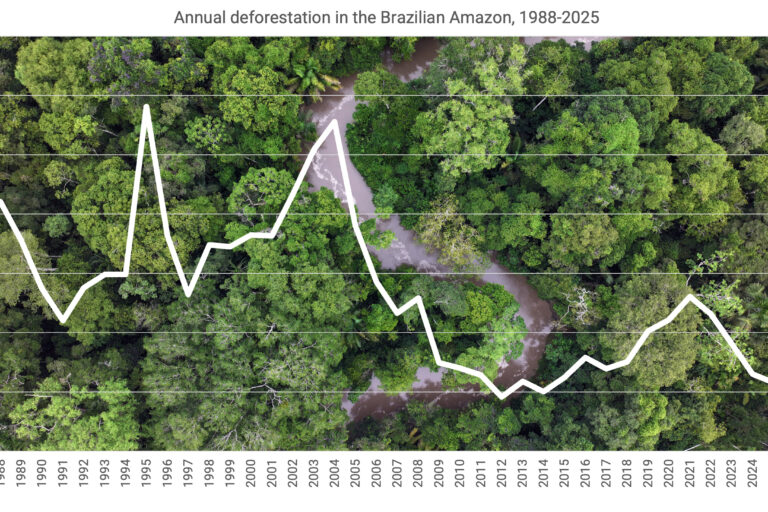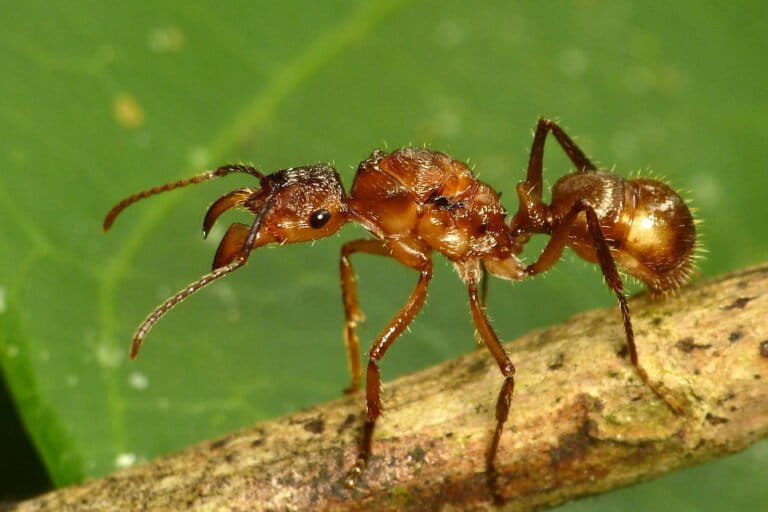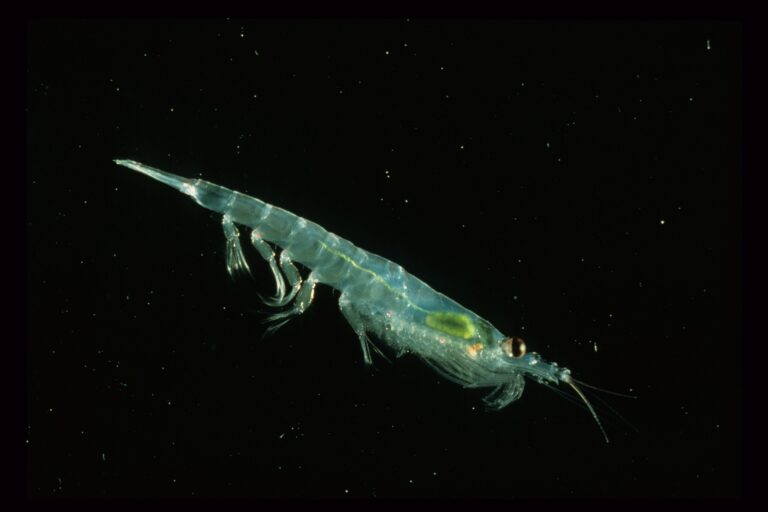- Conflict between gold miners and indigenous people in Brazil is common, with 134 Indians killed in 2015 in mining-related disputes. Mercury contamination of Amazon rivers is a less visible, but no less serious threat to the lives of Brazilian Indians.
- A recent study looked at mercury contamination in the Yanomami and Ye’kuana peoples in northern Roraima — Brazil’s least populated state and part of the Amazon. The researchers found dangerous levels of mercury in the bodies of those living closest to illegal gold mining operations.
- More than 92 percent of Yanomami Indians tested in Aracaçá (the closest community to illegal mining sites) had unsafe rates of mercury in their bodies, while in the Papiú region (located fartherest from illegal mining sites), just 6 percent were mercury contaminated. Researchers conclude that the variation in rates is due to the amount of exposure the various indigenous groups have had to illegal mining.

The Brazilian Amazon has a long history of conflict between illegal gold miners and indigenous people, which has often resulted in extreme violence against remote tribes. 2015 saw a dramatic uptick in such attacks, with 134 indigenous people killed, according to CIMI an agency that has been gathering data on Brazilian indigenous groups for fifty years.
But illegal gold mining has another less visible, no less dangerous impact on indigenous people: mercury poisoning — resulting when the toxic substance is used to process the precious metal. Mercury released into the environment then travels up the food chain.
A recent study conducted by the Oswaldo Cruz Foundation in partnership with the Instituto Socioambiental (ISA) and the Getulio Vargas Foundation, looked at mercury contamination in the Yanomami people in northern Roraima — Brazil’s least populated state and part of the Amazon.
The researchers found that mercury contamination has hit the Yanomami and Ye’kuana peoples hard, with high percentages of those studied living near illegal mining operations possessing unsafe levels of mercury in their bodies. Mercury contamination can cause neurological and motor problems, vision loss, and other serious health conditions, along with permanent fetal harm.

Researchers analyzed hair samples that were provided voluntarily by 239 Indians living in the Papiú region, and in the communities of Waikás and Aracaçá, two areas where illegal gold miners are reportedly active. Among those examined were the most vulnerable: children, women of childbearing age, and people who had come into direct contact with illegal gold mining operations.
The Yanomami community of Aracaçá, which is the closest to illegal mining sites, had the most alarming rates. Researchers studied 13 people there, of whom 92 pecent were contaminated with unsafe levels of mercury.
In the Ye’kuana community of Waikás, scientists found that of 47 samples taken, 27 percent showed unsafe levels of mercury. The Papiú region, where gold miners are rare, had the lowest rates: out of 179 indigenous people surveyed, just 6 percent were contaminated with mercury.
“We conclude that the difference [in rates] is caused by the level of exposure and interactions with the regions of mining,” said Claudia Vega, an ISA researcher. Indigenous people “ingest mercury, in most cases [by] eating contaminated fish, and the substance passes into the body. The contamination affects the entire nervous system — especially the central [nervous system].”
Mercury, a highly toxic metal, is widely used in the illegal exploration for gold. The toxic liquid metal is mixed with gravel, soil and sediment dredged from river bottoms and steep streamside hills, where it then binds to the gold, forming an alloy which is easy to identify and separate from the waste material. The alloy is then heated and the mercury evaporates, leaving gold nuggets. The vaporized mercury then condenses back into its solid form, falling to earth and washing into streams.
Unfortunately for the environment and for indigenous people, the mercury then enters the food chain, traveling from the mine, to fish and to fish-eating animals, including humans — especially impacting indigenous people for whom fish are an important staple.

The research on mercury contamination in the Amazon began in November 2014 after talks between indigenous leaders and ISA coordinator Marcos Wesley de Oliveira concerning the presence of gold explorers on indigenous lands.
“The presence of miners near the communities raised concerns about the health of indigenous people. We made collections of hair strands and fish, so that the analysis could be done. [T]he results were presented to the Indians and [were] sent to the relevant [government] bodies”, said Oliveira, in a G1 news service interview. The research done in the communities was requested by, and had the support of the Hutukara Yanomami Association and Yanomami People’s Association in Brazil (APyB). All hair samples tested were respectfully returned to the people involved in the research.
Indigenous leader Reinaldo Rocha Ye’kuana also offered a comment in the G1 interview: “We were concerned about the research result. [Mercury] contamination affects plants, animals and can also affect our future generation[s]”. He announced plans for a mercury awareness campaign in the communities.
In March 2016, a committee of Yanomami and Ye’kwana leaders presented the scientific findings to Funai, Brazil’s indigenous authority, and to Ibama, the federal environmental agency; as well as to the Federal Public Prosecutor’s Office and the Special Raporteur on UN Indigenous Rights.
The invasion of Yanomami lands by gold miners has long been a serious problem. But that threat has worsened lately. An estimated 5,000 illegal miners are currently working in the Yanomami territories. The Yanomami and Ye’kwana have called for the immediate removal of miners from their lands, along with emergency and long term care for the people impacted by mercury poisoning.
An estimated 200 tons of mercury are released into the environment due to gold mining in Latin America annually according to studies released by The World Bank, leading not only to serious human health consequences, but to land and stream contamination, and to the poisoning of plants and animals.
In one case at the start of 2016, an indigenous child died in the Peruvian Amazon after showing symptoms associated with mercury poisoning. Illegal miners there are having a major impact on human populations and ecosystems. A recent study revealed that around 80 percent of the Nahua tribe in Peru is currently suffering from mercury poisoning.
Of course, mercury contamination isn’t the only serious environmental problem associated with mining. The recent failure of a Samarco company iron mine tailings dam in Minas Gerais state resulted in what is likely Brazil’s biggest environmental disaster ever — pouring 50 million tons of iron ore and toxic waste into the Rio Doce, killing 19 people and poisoning the river along its entire 853 kilometer (530 mile) length, and impacting more than a million people.
Diamond mines are the problem on the Roosevelt Indigenous Lands — Sierra Morena, Aripuanã Park and Aripuanã — located between the Brazilian states of Rondônia and Mato Grosso. Illegal miners began being attracted there between 1999 and 2000. The region is now known to contain one of the five largest diamond deposits in the world.
According to a local prosecutor, Reginaldo Trindade, conflicts between the tribes and diamond miners over recent years have led to violence, corruption and a true “cultural and social genocide. It’s an [indigenous] community on the brink of extinction, if not physically, at least ethnically and culturally”.








